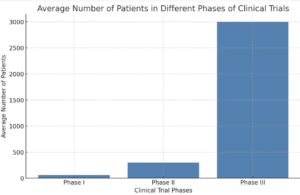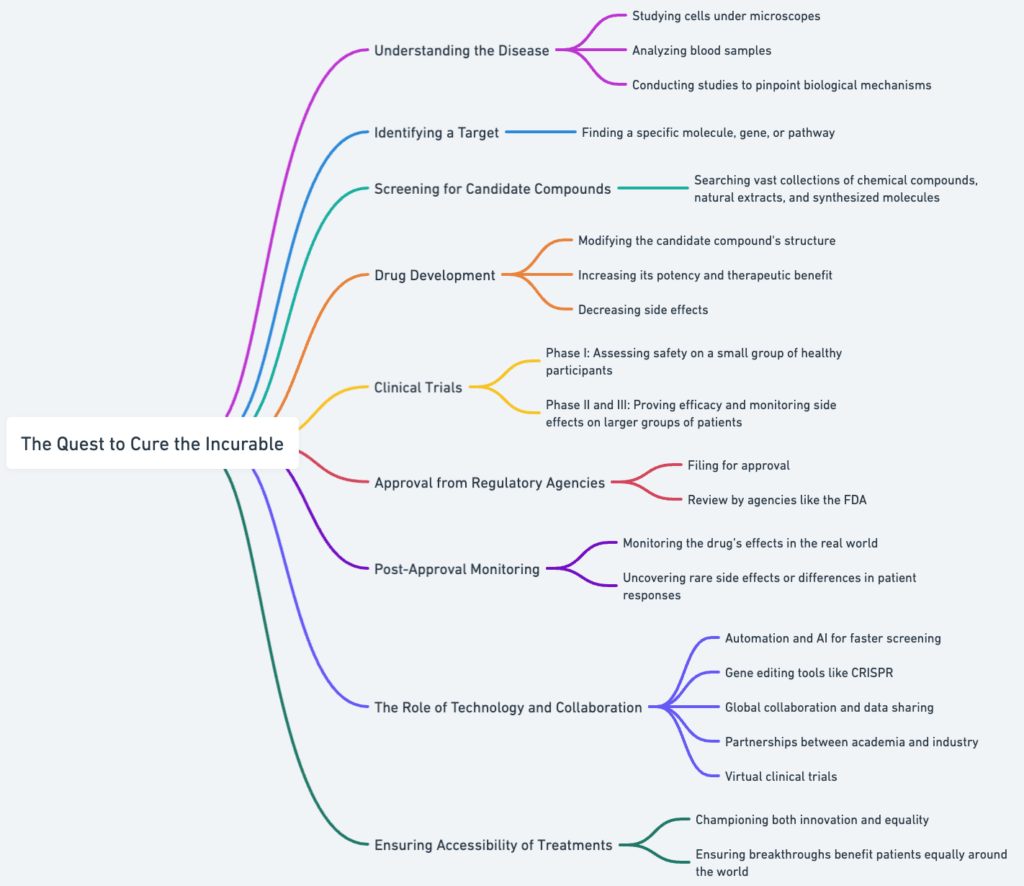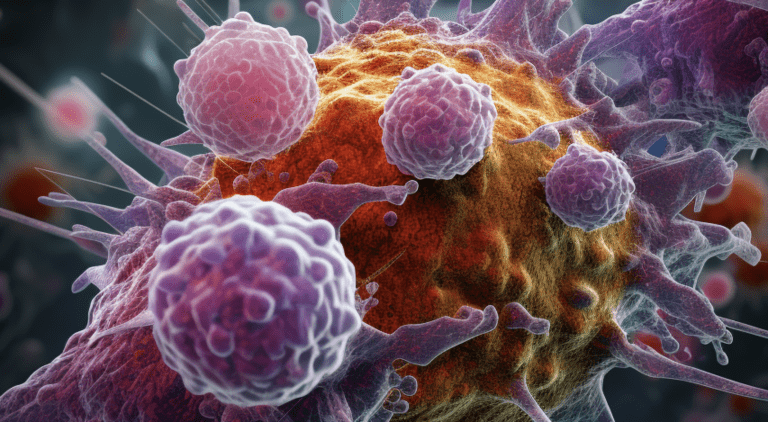Unveiling the Process of Drug Discovery
For centuries, humanity has been plagued by diseases with no known cure. But thanks to tireless work by scientists and researchers, we are slowly chipping away at the most complex and confounding illnesses. The journey from identifying a disease to discovering an effective treatment is long and winding, filled with failures but also moments of serendipity and triumph. This remarkable process, known as drug discovery, holds the key to unlocking better health for all.
Understanding the Disease
It begins with an intricate understanding of the disease itself. Scientists study cells, molecular pathways, analyze blood samples, and conduct many other studies to pinpoint the biological mechanisms that drive the disease. This gives them an idea of what’s going wrong in the body so they can develop ways to fix it.
Armed with this knowledge, the next step is identifying a target – a specific molecule, gene, or pathway that can be modified to alter the course of the disease. It’s like finding the malfunctioning gear in a massive clock. Once they’ve isolated the target, an epic search begins. Researchers screen vast collections of chemical compounds, natural extracts, and synthesized molecules to see if any interact with the target. It’s painstaking work, but when they uncover a promising candidate that can influence the target, the real excitement starts.
Drug Development
Now the challenging work of drug development begins. Chemists modify the candidate compound’s structure, trying to increase its potency and therapeutic benefit while decreasing side effects. It can take years of tweaking molecular structures and studying the results before landing on an optimal drug candidate.

The drug discovery phase process is a long and rigorous journey that involves four main phases. In Phase I, researchers recruit healthy volunteers to assess the drug’s safety, determine safe dosage ranges, and identify side effects. In Phase II, the drug is tested on patients with the disease to evaluate its effectiveness and further monitor side effects. In Phase III, the drug is tested on a larger scale to confirm its efficacy, monitor adverse reactions, and compare it to existing treatments. Finally, in Phase IV, also known as post-marketing surveillance trials, data is collected on the drug’s effects in the general population after approval. Each phase is crucial in ensuring that the drug is safe and effective for its intended use.
Trials and Post-Approval Monitoring
But this is just the beginning of the long road to approval. Next, the drug enters clinical trials, where its safety and efficacy are tested on human volunteers. Few drug candidates make it past Phase I trials, which assess safety on a small group of healthy participants. The few that do must then prove efficacy and monitor side effects on larger groups of patients in Phase II and III. Only one in thousands of candidate compounds make it through this grueling gauntlet.
If successful, the drug files for approval from regulatory agencies like the FDA. After a thorough review, some drugs finally get the green light for medical use. But work doesn’t stop there. Scientists continue monitoring the drug’s effects in the real world to uncover rare side effects or differences in patient responses.
This complex process relies on perseverance in the face of disappointment. For every breakthrough drug, thousands of candidates fail along the way. But innovative technologies are making drug discovery faster and more effective. Automation and AI can screen millions of compounds quickly to identify promising leads. New gene editing tools like CRISPR allow precise modification of disease-related genes.
Accelerating Drug Discovery
Drug discovery is also accelerated through global collaboration. Researchers are sharing data more openly and participating in international consortiums. Partnerships between academia and industry help translate scientific findings from lab to clinic more rapidly. Virtual clinical trials allow drugs to be tested on diverse populations.
The future is bright for finding cures to humanity’s most intractable diseases. But real change comes when discoveries are turned into accessible treatments for all. It took 15 years for HIV drugs to reach patients in poor nations after launching in the West. We must champion both innovation and equality, pushing boundaries in the lab while ensuring those breakthroughs benefit patients equally around the world.

Conclusion
The road from the gleam in a scientist’s eye to an approved, accessible drug is long but paved with incredible advances. Guided by boundless human ingenuity and perseverance, we inch closer to cures for diseases that have plagued humankind for millennia. Drug discovery remains one of our most powerful tools for building a healthier world. Are you ready?
